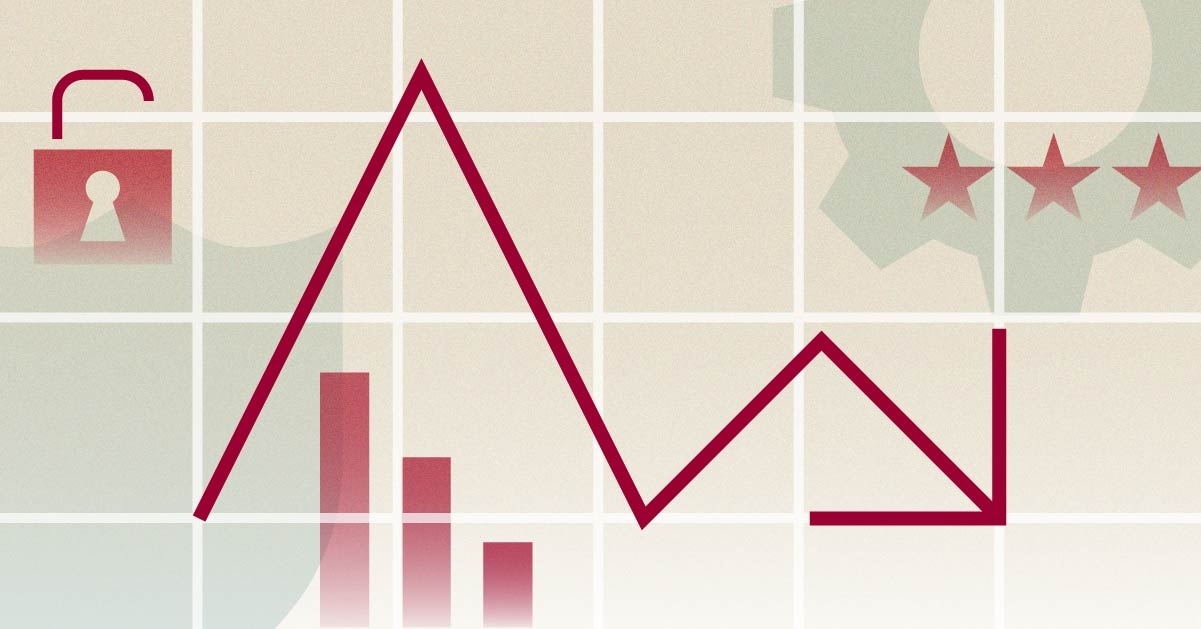(Alliance News) - The EU banking system would remain resilient even under a "prolonged" Covid-19 scenario, results from the latest European Banking Authority showed on Friday.
The EBA test covered 50 banks from 15 EU and EEA countries, covering 70% of the EU banking sector assets.
The EBA said that since the previous EU-wide stress test in 2018, banks have continued to build up their capital base. At the beginning of the exercise, being the end of 2020, EU lenders had a common equity tier 1 ratio of 15% on a fully loaded basis, the highest since the EBA has been performing stress tests.
"This was achieved despite an unprecedented decline of the EU's GDP and the first effects of the Covid-19 pandemic in 2020," it noted.
This year's stress test assumed a "prolonged" Covid-19 scenario in a "lower for longer" interest rate environment.
"With a cumulative drop in GDP over the three-year horizon by 3.6% in the EU, and a negative cumulative drop in the GDP of every member state, the 2021 adverse scenario is very severe, also having in mind the weaker macroeconomic starting point in 2020 as a result of the pandemic," the EBA said.
Against this backdrop, the EU banking system as a whole would see its CET1 reduced by 485 basis points on a fully loaded basis after three years, while staying above 10%. However, the EBA warned, more domestically-focused banks would see a higher depletion.
Overall, this results in a CET1 depletion of EUR265 billion.
"The EBA EU-wide stress test does not consider a defined pass/fail threshold. However, it provides an important input for the Pillar 2 assessment of banks by their supervisors. The results of the stress test will assist Competent Authorities in assessing banks' ability to meet applicable prudential requirements under the stress scenario and form a solid ground for discussion between the supervisor and the individual banks on their capital and distribution plans, in the context of the normal supervisory cycle," the EBA said.
EU banks hailed the results.
Commerzbank AG's ratio came out at 8.2%, confirming its "healthy risk profile". Fellow German lender said CET1 would decline to 7.6% under the worst case scenario, 165 basis points above supervisory minimum requirements of 5.9%.
"Even in this year's more severe adverse scenario, Deutsche Bank proves its resilience in the face of potential challenging conditions. This underscores the strengthening of our risk profile and the benefits of disciplined execution of our transformation strategy," said Chief Financial Officer James von Moltke.
UniCredit SpA's fully loaded CET1 ratio stood at 9.2% while Intesa Sanpaolo SpA's was 9.4% under the adverse scenario and Banco BPM SpA's 7.0%.
BNP Paribas SA, with a stress test ratio of 8.3%, said the results "confirm the group's balance
sheet strength and the quality of its risk policy."
AIB Group PLC said its result of a 8.8% fully loaded CET1 under the adverse scenario "demonstrates our high capital base and capital resilience". Bank of Ireland Group PLC's CET1 under the adverse scenario was 8.1%.
Nordea Bank Abp, with a CET1 ratio of 13.4% under the worst case scenario, said the exercise confirmed its "resilient capital position". Banco Bilbao Vizcaya Argentaria SA's CET1 came in at 8.7%.
By Lucy Heming; lucyheming@alliancenews.com
Copyright 2021 Alliance News Limited. All Rights Reserved.
































